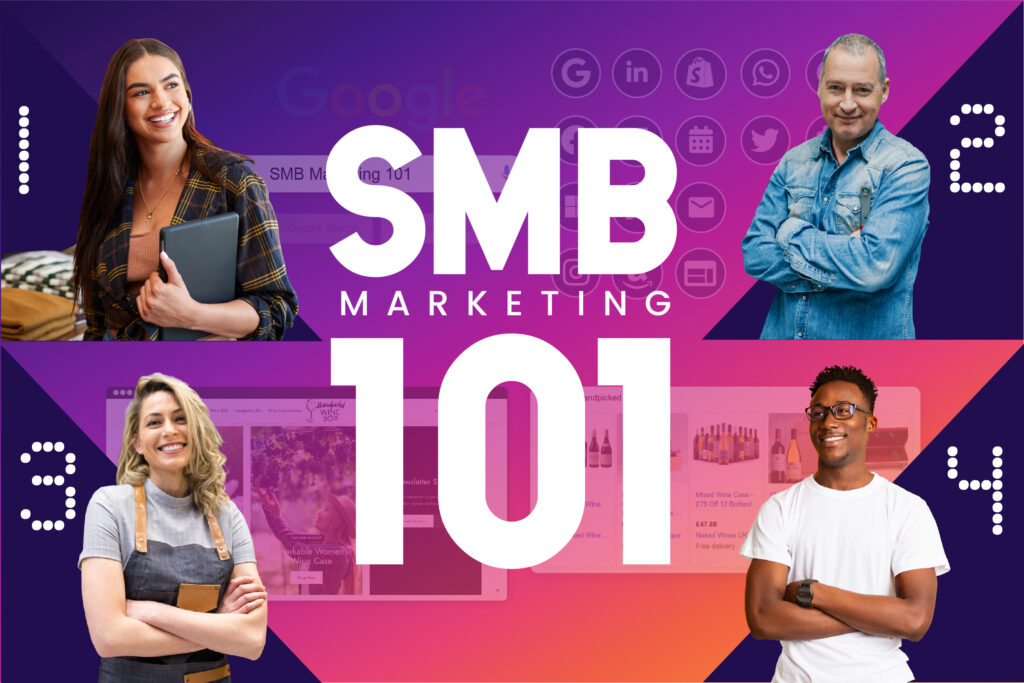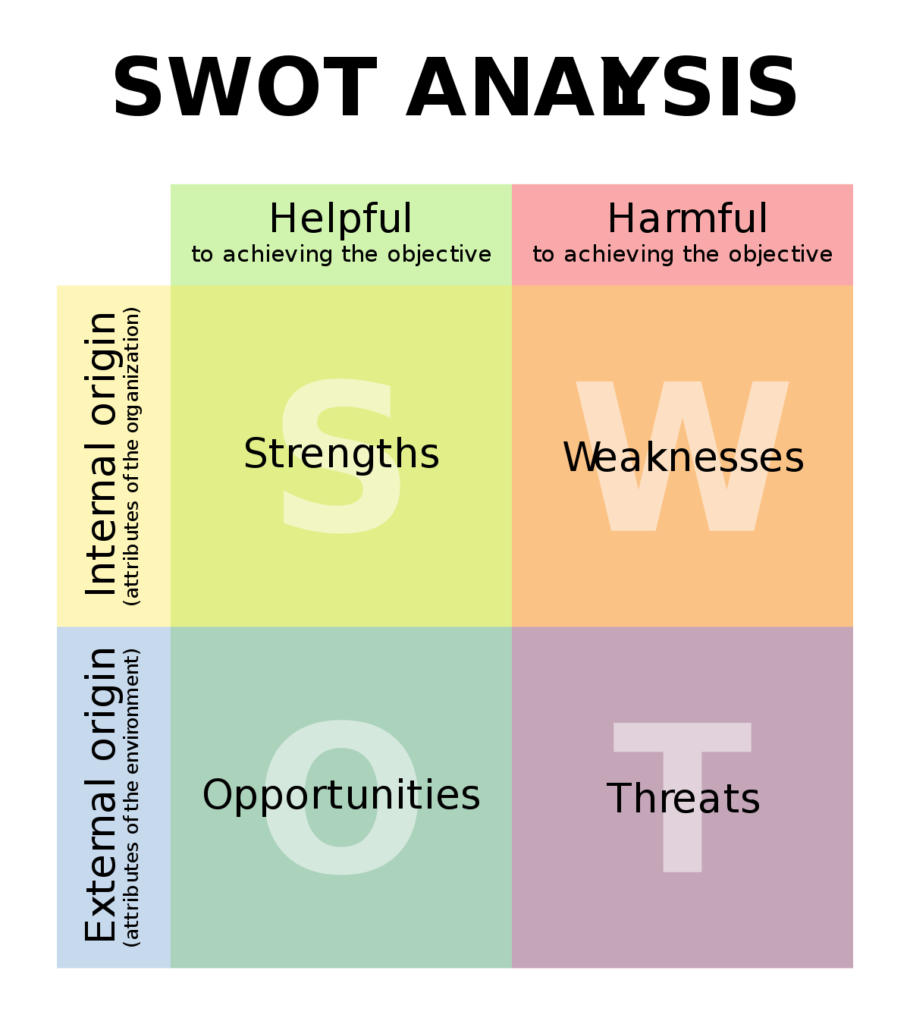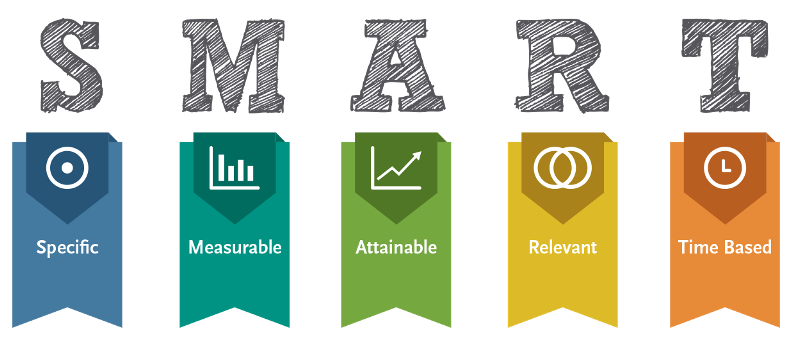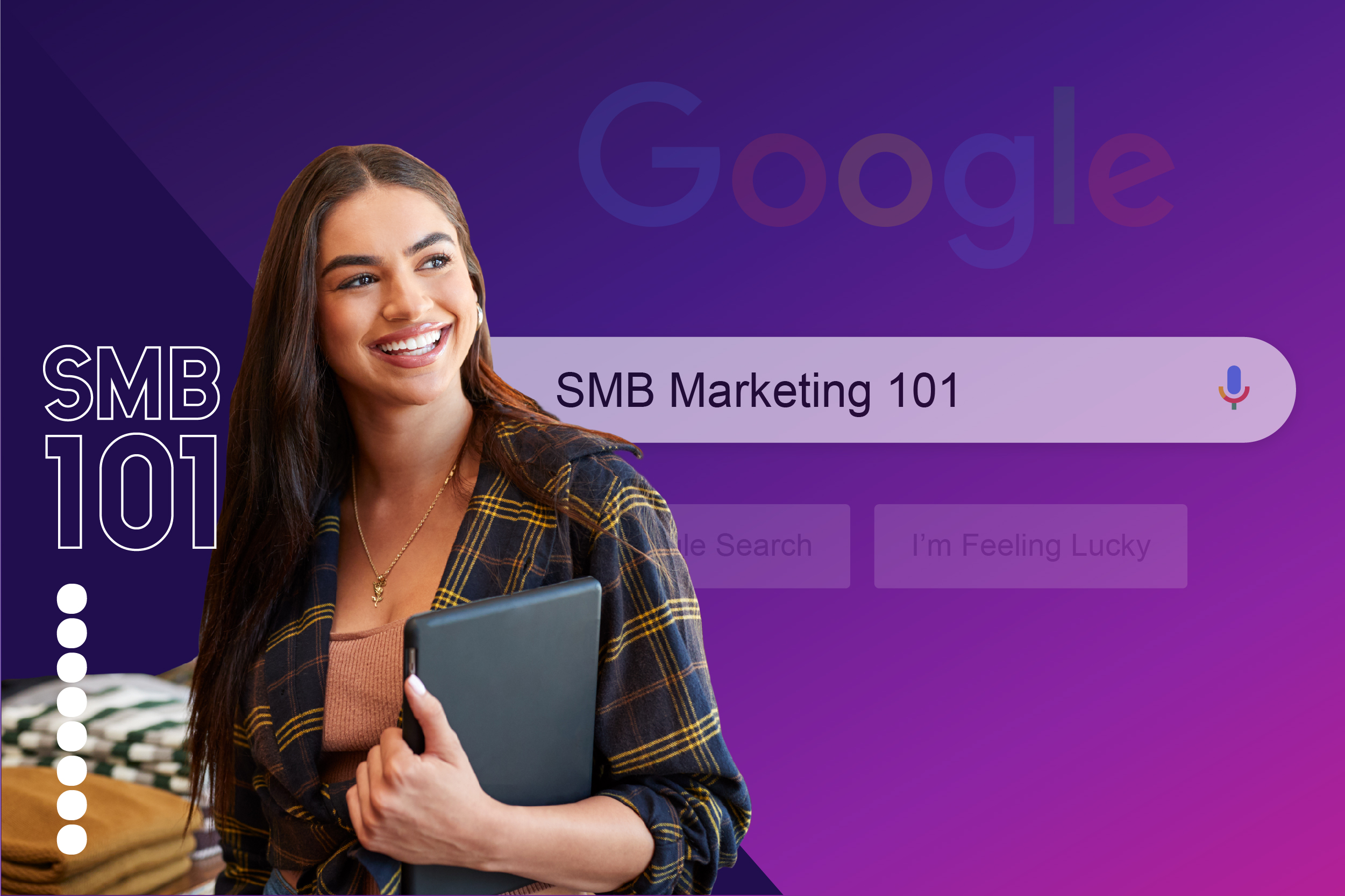Click through for part 2, part 3 or part 4.
Starting out in digital marketing can feel like walking through a minefield with big clown shoes on. It’s wide reaching, it’s convoluted, and it’s difficult not take a misstep.
In 2021, everyone knows the importance of advertising effectively online, but with so many different channels and entry points, it’s hard to know where to begin.
So in this four-part series, we’re going to help you do exactly that. We’re going to go super in-depth in each section and we’re going to give you plenty of action points for you to implement right away.
We’re not just going to tell you how to market on each channel. We’re also going to look at how to:
- Research your customer & competition effectively
- Align your goals with your business
- Develop your brand
- Choose your digital marketing channels
- Set your budgets
- Build your online presence
- Take advantage of website builders and marketplaces
- Master Social media, SEO, PPC, content marketing, email marketing, influencer marketing, media buys and more
Throughout these guides, we’ll get first-hand insights from SMB owners who’ve taken this journey themselves before.
Now, let’s get into part one.

Getting to know your competition & your customers
Before we start any business venture we need to plan meticulously and get our strategy aligned correctly. And digital marketing is no exception.
“Digital marketing is not a one-off event. One needs to understand the online landscape, see the competition metrics, research into marketing channels and plan the way forward for the marketing journey to succeed,” says Alina Clark, the co-founder of cocodoc.
“Our digital marketing strategy provided the road map and the KPIs that we needed to track straight from the onset. For instance, our decision to concentrate on organic SEO marketing was based on the weighing we did at the strategy point. Digital marketing is wide, and extremely challenging given the amount of competition online. As such, engaging in digital campaigns without a strategy to back it up is going in blind.”
No business, online or offline, is going to reach its full capabilities without taking these steps in the early stages. You can’t even begin to know where to start without getting to know your competition or your customer.
Not only does this help you to find crevasses and niches in the market, but it also allows you to capitalize on your competition’s shortcomings to really make a mark.
Greg Rozdeba, the co-founder of Dundas Life focused heavily on competition research in his early days, “Our marketing plan entailed undertaking and documenting a comprehensive situational analysis (SWOT analysis) to better understand the digital ecosystem that we would be operating in, and our place in it,” said Greg.

The importance of knowing your customer should also be assessed at this point, and this requires real research. You may think you know your customer well, but there’s so much you could uncover with deep analysis and a hard look at the data.
Eden Cheng, the co-founder of PeopleFinderFree stresses the importance of combining the two, “There are several things I had to conduct research on, primarily on finding out more about the market I was planning on entering, as well as on my direct competition, which is what would dictate the actual execution of my marketing tactics.
“This also involved identifying my target market/audience and ensuring that my product/service is presented in front of those that would benefit from them the most. This meant thinking in terms of demographics like location, occupation, income, age, etc.”
Truly understanding your customer comes with obvious advantages in so many different respects. Without this understanding, your digital marketing could end up targeting the wrong type of person.
Your product may not appeal to anyone. Your branding could be completely off message. And this will affect every part of your business, from your sales to your reputation.
But there are a number of different ways to find out about your ideal customer.
“The first thing we did to set up our digital marketing was to observe our customers,” says Satya Sidhartha Parija, the co-founder of Doctor Spring.
“We created a detailed persona of our target audience. Once we had that, we went on different social media platforms, each one we could think of, and we observed. We observed our customers’ interactions, behavior, as well as their needs. With this information in our hands, it was easier to personalize our digital marketing efforts to target our specific audience.”
Another way of doing this is by using keyword research – identifying words or phrases that are commonly typed into Google.
“Keyword research was our first step,” says the founder of ViscoSoft, Gabriel Dungan. “We needed to learn what keywords were trending, what our competitors were using, what terms people were searching for, and historical trends in keyword popularity.”
Then there are customer personas – fictional characters you create to identify a type of user who is likely to be interested in your brand.
“The very first thing I did when I created my first online business was to do a deep dive to build customer personas,” explains the founder of TheGiftYak, Matt Lally.
“All of my research and data analyzing was the framework for designing my website, initial content and the initial sweat equity that I put into the business. The reason I did this was because I spent most of my career advising high growth startups. I knew that building something without knowing my customer would be a fatal mistake.”
It’s also important to spend a bit of time developing your own knowledge too. Assessing your customers and your competition is great, but you also need something to go above and beyond that, to spark creativity.
That’s how David Bitton, the co-founder of DoorLoop started out, “I began by reading blogs and forums on digital marketing and how to use it in a company setting. I also started to study videos about it to understand how to conduct an excellent digital marketing campaign.”

What do you want to achieve?
After the research phase, it’s important to set out what it is you want from your digital marketing campaigns – more eyes on the brand, more sales, more newsletter sign ups?
And this is where goals come in, as Cheng attests, “One of the first things I focussed on at the start was to set the goals I wanted to achieve, as without them, I knew that I would simply be blundering in the dark,” says Eden Cheng.
“This means setting intelligent goals that were SMART, i.e. specific, measurable, attainable, relevant, and time-based goals, which would do well in aiding to keep an eye on the big picture.”
“Knowing what you want to accomplish is crucial since it will determine the direction of your digital marketing campaign,” says Edward Mellet, co-founder of WikiJob.co.uk.
“When defining goals, be as explicit as possible. Simply stating your desire to sell more things is insufficient. Establishing a goal of increasing sales by 10% in the following three months, on the other hand, will provide you a better sense of how to get there.”
Josefin Bjorkland, the co-founder of Topp Casino Bonus did similar, “We worked on setting both long term goals as well as short term goals as the small ones help us keep on track to achieve our bigger goals. Our long term goal was to increase conversions by almost 40% and our short term goal was to gain at least 10 new email subscribers every month.
“We created our digital marketing campaigns according to these planned goals to help us achieve our marketing goals for growing our business.”

Key Takeaways
Conduct thorough competitor research
- Check out the websites that companies in your industry have. Look at how they present themselves, what kind of products they sell, their pricing, their social media accounts, and check their online reviews
- Perform a SWOT analysis to identify their strengths, weaknesses, opportunities and threats
- Look at how you want to position yourself in the market, find your niche and work out what you can do to make yourself stand out
Get to know your customer
- Work out who your target customer is and why you want to target them
- Create customer personas concentrated on the type of customer you want to attract and who is likely to be interested in your brand
- Speak to your current customer base or people who are most likely to be your customers about what they like/don’t like about your brand or brands like yours
- Use free tools like Keyword Surfer to conduct keyword research and find out what the terms people are searching for on Google that are related to your business
- Observe your customers or people likely to be your customers’ behaviours and interactions on social media
Work out what you want to achieve
- Conclude what you want to use your marketing for and what type of objectives you want to execute as a business
- Be specific with your goal setting – make it tangible, measurable and explicit
- Create SMART goals to keep an eye on the big picture
Next up…
From there, once you have your goals and research in place, you can get onto thinking about how you’re going to get towards your goals and the roadmap you need to put in place to get you there.
“Once we had our bearings, we proceeded to form digital marketing goals that we set out to achieve. We then developed our digital marketing strategies that included segmentation of our customers, positioning, and content strategies. For each strategy, we then developed techniques and tactics best suited for our target audience and our business,” says Greg Rozdeba.
David Bitton did similar, “I produced a chart of the essential objectives and goals after getting insights into what needed to be done. I questioned myself about what I wanted to accomplish and what was realistic for me to inform further what I needed to start.”
That’s what we’ll go into in part two. We’ll speak about combining your research and your goals with the processes you’ll need to take to reach them. We’ll talk about developing your brand’s values. And finally, we’ll find out how you can choose the right marketing channel for your business.
And you can read part two now.




